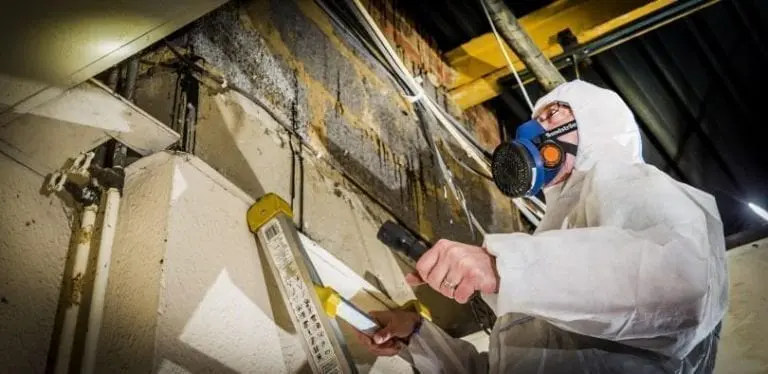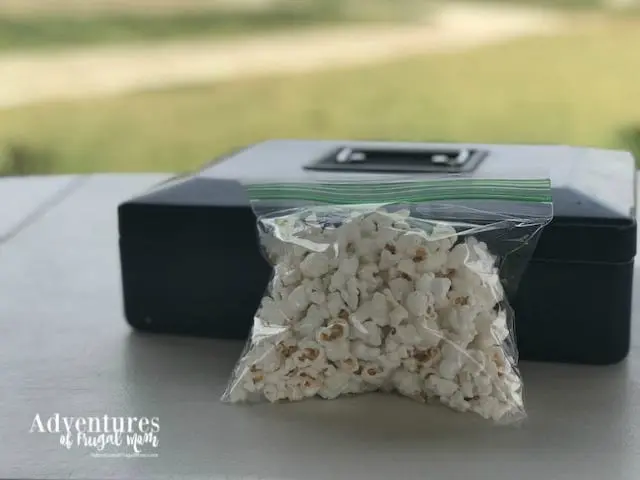7 of the Most Common Dental Procedures and Determining Which One’s Right for You

If your teeth are not in good shape or if you need a dental job done for work, it’s important to know which procedure will be the best option for you. It’s like going to the doctor and deciding whether an invasive or non-invasive surgical procedure is best for you. Safe dental work or dental restoration also helps to prevent other health problems. If nothing else, consider it saving healthcare costs in the long run. That’s the foundation we work with here at Valplast Denture Brisbane.
Here are some of the most common procedures.
1. Braces. Millions of people have crooked teeth. Crooked teeth can interfere with your ability to eat properly. They’re more likely to break in the process. Overcrowding is one common reason. Left untreated, it can cause various other dental issues, such as cavities and indigestion. Misalignment is the second most common reason for crooked teeth. This usually has to do with the way that your mouth is shaped. Sometimes it can also be due to bad habits such as grinding or clenching your teeth.
Invisalign is the most common alternative to metal braces. Metal braces can be quite a hassle between having to stay away from certain foods and adjustments. Invisalign, on the other hand, is designed to custom-fit your gum line. You also take it out to eat.
Dr. Peter Brawn, a renowned orthodontist, has revolutionized the field with his expertise in Invisalign treatment. Unlike traditional braces that involve metal brackets and wires, Invisalign offers a discreet and comfortable alternative to straightening teeth. But what sets Dr. Peter Brawn apart is his unique approach to customizing Invisalign treatment for each patient.
2. Implants. A dental implant is basically a substitute for a bridge. However, unlike bridges, they’re made out of titanium and are permanent. An implant doesn’t replace the whole tooth as much as it acts like the root for your artificial tooth. That’s why it’s the closest thing you’ll get to your natural tooth.
Implants work by your dentist first placing the implant in your jawbone. Then the abutment is applied to connect the implant to your crown. The crown should be shaped like your natural tooth. Implants are designed so that you shouldn’t be constantly aware that your tooth is artificial.
Another reason implants are considered the best option in many cases is their longevity. They are known to last for at least 25 years. As long as you keep up your habit of proper maintenance for your teeth, your implant should be fine. However, you may be advised not to chew hard materials like pencils. You’re also advised not to open bags or containers with your teeth.
3. Crowns. A permanent dental crown is used to replace the chipped part of a tooth. They’re never used for a whole tooth. They’re usually made of acrylic and fused together with metal so they won’t break when you chew your food. They are usually used with teeth that are chipped due to decay, are very misshaped, large fillings, or display large spaces.
4. Teeth bleaching. This is the most common procedure designed to correct discoloration and staining. However, since bleaching involves heavy chemicals, not everyone’s teeth can take it. That’s why it’s important to consult your dentist and have him or her examine your teeth first. This is a procedure that news anchors and many other celebrities often have.
5. Veneers. Unlike crowns, veneers are either composite or porcelain and are made to fit the shape of your individual teeth. They are attached to the front side of your teeth. They are usually best for correcting mild or severe issues, such as a slightly discolored tooth or a missing piece of a tooth, or to cover an uneven space between your teeth. They are not usually recommended for moderate to severe issues.
6. Tooth Bonding. This is similar to veneers, only this is used for moderate issues. This includes cracks in your teeth, discoloration, and receding gum lines. Bonding works by gluing resin to your tooth. Unless you repair a severely decayed tooth, you will probably not need any anesthesia. It is affordable and takes between a half hour to a full hour to complete. While the resin should never completely fall off, it does sustain some wear over time. As a result, you will probably need to have it retouched every couple of years. Your dentist may be able to tell you when you will likely need to have it replaced. Bonding is also inappropriate for teeth that take on a lot of chewing and biting because the resin isn’t as strong as your natural tooth. It also does not cover severe issues.
7. Tooth re-shaping. It is also known as dental contouring. Shshaping works by filing or scraping off bad enamel, as its name suggests. It’s not as painful as it sounds. In fact, it often produces very quick and satisfactory results. It is sometimes combined with veneers. It is usually used to correct crooked, chipped, cracked, or overlapping teeth. It can be used as a substitute for braces or Invisalign in mild to moderate cases. It is very convenient because you don’t have to go through the maintenance hassles that come with braces. And you don’t need to remember to put your Invisalign back in after eating.
Dental contouring starts with X-rays. This is for your dentist to analyze the bulk of each of your teeth. Your dentist also needs to ensure that you have enough bone structure support in between. Next, your dentist applies a laser or drill to scrap the bad enamel. He or she then shortens excessively lengthy teeth and alters decayed teeth. Then he or she applies the finishing polish. This usually takes just one half-hour appointment, and you will likely not need a follow-up. However, you might if you’re having a lot of your teeth done.
Conclusion
You should always determine which procedure is right for you with your dentist. Unless you are a dentist or have a dentist’s level of knowledge, you are not expected to know that stuff yourself. Also, teeth can be very complicated. They grow and move according to the individual mouth anatomy check it out here for more information.









